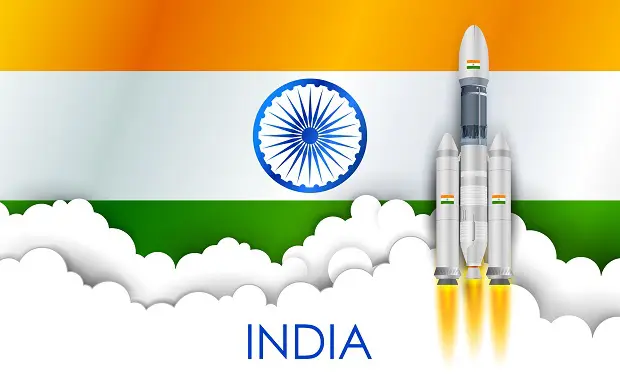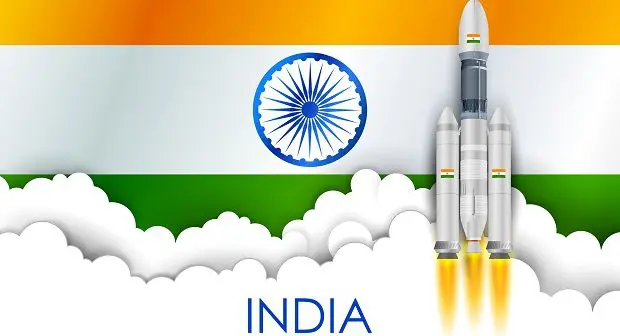
Written by staff writer.
The Indian Space Research Organisation (ISRO) has successfully launched its mission to the Moon, with Chandrayaan-3 lifting off from Satish Dhawan Space Center around 19:30 Sydney time on July 12.
Costing six billion Indian rupees (AUD107 million), Chandrayaan-3 is the ISRO’s second attempt in four years to make a soft landing on the Moon. The launch made headlines around India and drew large crowds to public viewing areas near the space centre. Within hours of the lift-off, ISRO confirmed Chandrayaan-3 was in “precise orbit” and had “begun its journey to the moon.”
Indian Prime Minister Narendra Modi called the event a “momentous achievement “and a “new chapter in India’s Space odyssey”. Indian Vice President Jagdeep Dhankhar said the launch “highlights the advancement the country has made in space science and research.” Enrico Palermo, head of the Australian Space Agency, also congratulated ISRO on its launch. “Onwards to the Moon,” Palermo tweeted.
According to the ISRO, Chandrayaan-3 will take 15 – 20 days to travel to the Moon’s orbit, with a scheduled landing date of August 23. If all goes well, India will join an elite club, becoming only the fourth nation to conduct a controlled soft landing on the Moon.
Having landed, the ISRO then wants to send its rover out to conduct a series of scientific studies, including using an on-board X-ray spectrometer to determine the elemental composition of lunar soil and rocks around the landing site (the rover has a range of 500 metres), and deploying a LASER induced breakdown spectroscope to conduct qualitative and quantitative elemental analysis. The six-wheeled rover weighs approximately 26 kilograms and has an expected lifespan of 14 Earth days.
Chandrayaan-3 is India’s second try at a controlled soft landing on the Moon. In 2019, Chandrayaan-2 crashed due to a malfunction in the landing guidance software after entering the lunar orbit. Chandrayaan-1made it to the Moon’s orbit in 2008, and in 2009, ISRO conducted a controlled hard landing on the Moon’s surface, impacting near the South Pole. Chandrayaan-1 went on to discover water molecules on the Moon’s surface.
Speaking ahead of last week’s launch, India’s Minister of Science and Technology, Dr Jitendra Singh, said Chandrayaan-3 was the vindication of a six-decade-old dream by Vikram Sarabhai, a scientist widely regarded as the father of India’s space program. “Vikram and his team had faith in themselves and India’s potential and acumen,” said Singh. “Today, we are vindicating our acumen and India’s indigenous space capabilities.”
Notably, the ISRO has sent Chandrayaan-3 to the Moon for less than it cost Hollywood to produce the space-related movie “Gravity.”
The three-stage medium-lift LVM3-M4 rocket separated from Chandrayaan-3 approximately 16 minutes after lift-off. Chandrayaan-3 will set out on its 300,000-plus kilometre journey to the Moon after orbiting the Earth multiple times. Once ready to attempt the technically challenging soft landing, Chandrayaan-3’s lander has had its engines reduced from five to four, and it is fitted with stronger legs than previous versions. Chandrayaan-3 will also benefit from increased instrumentation redundancy, improved structural rigidity, and additional contingency systems.





